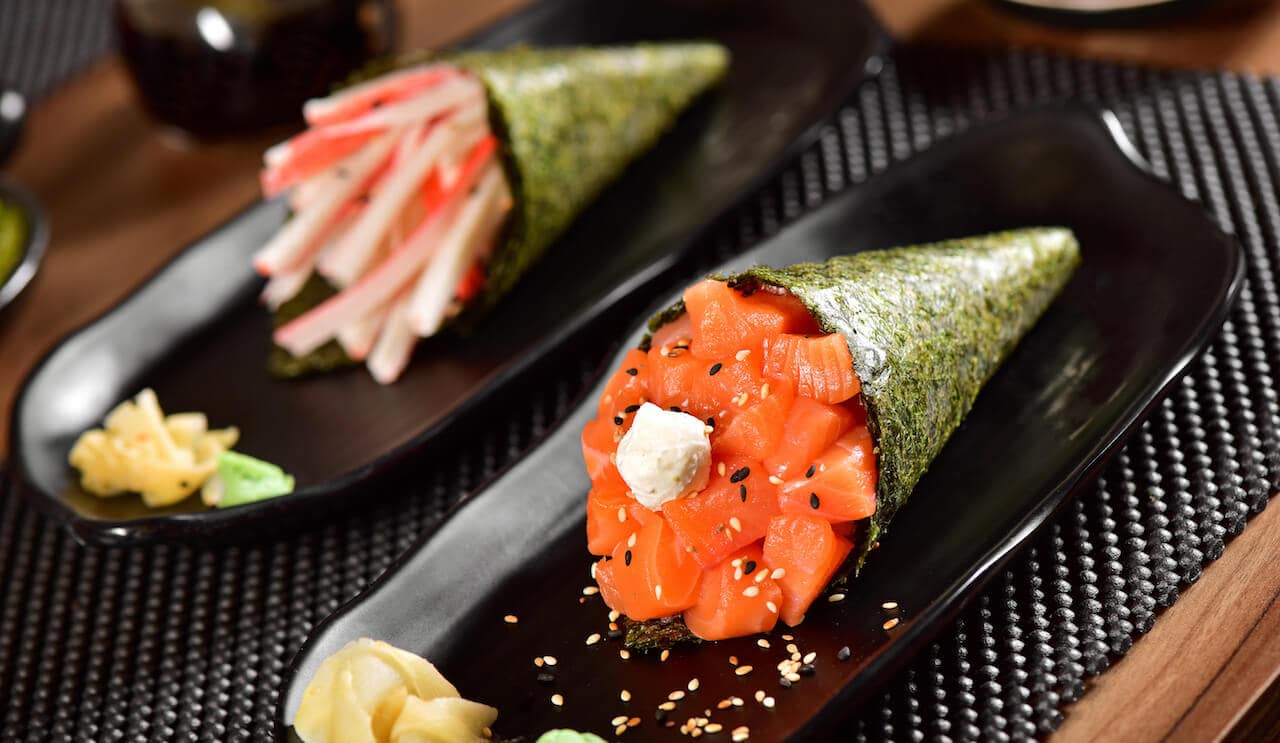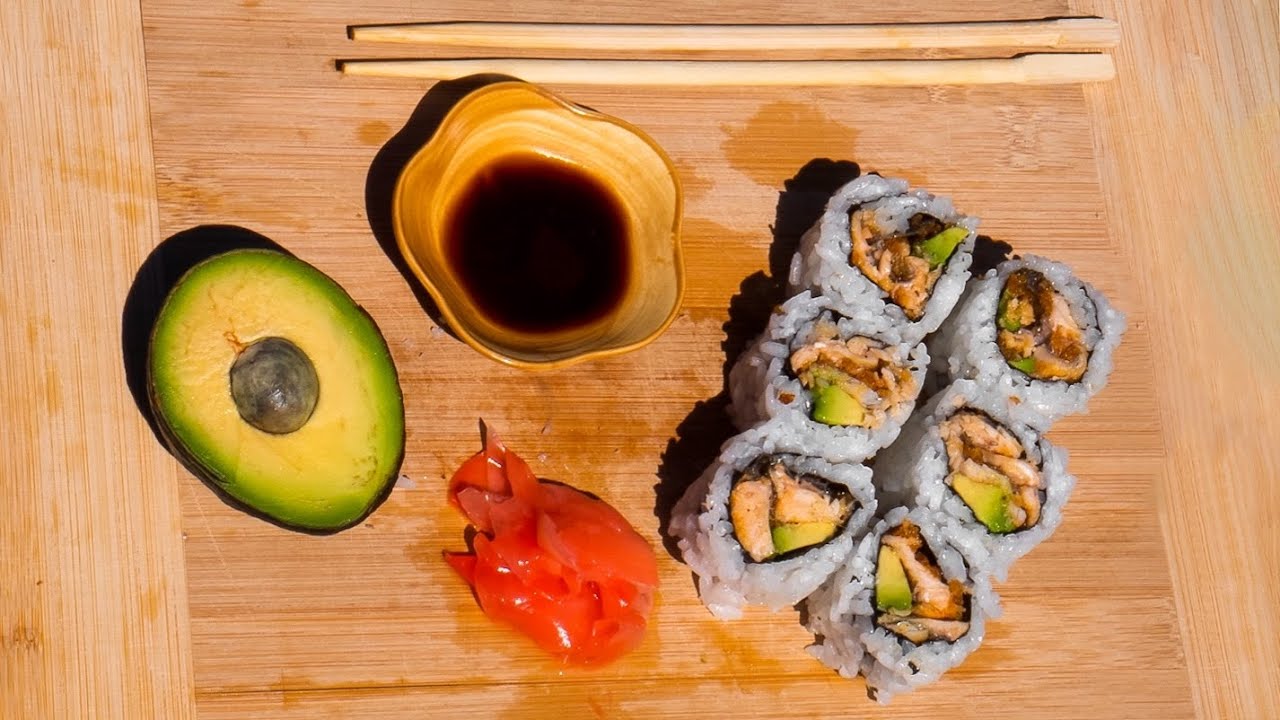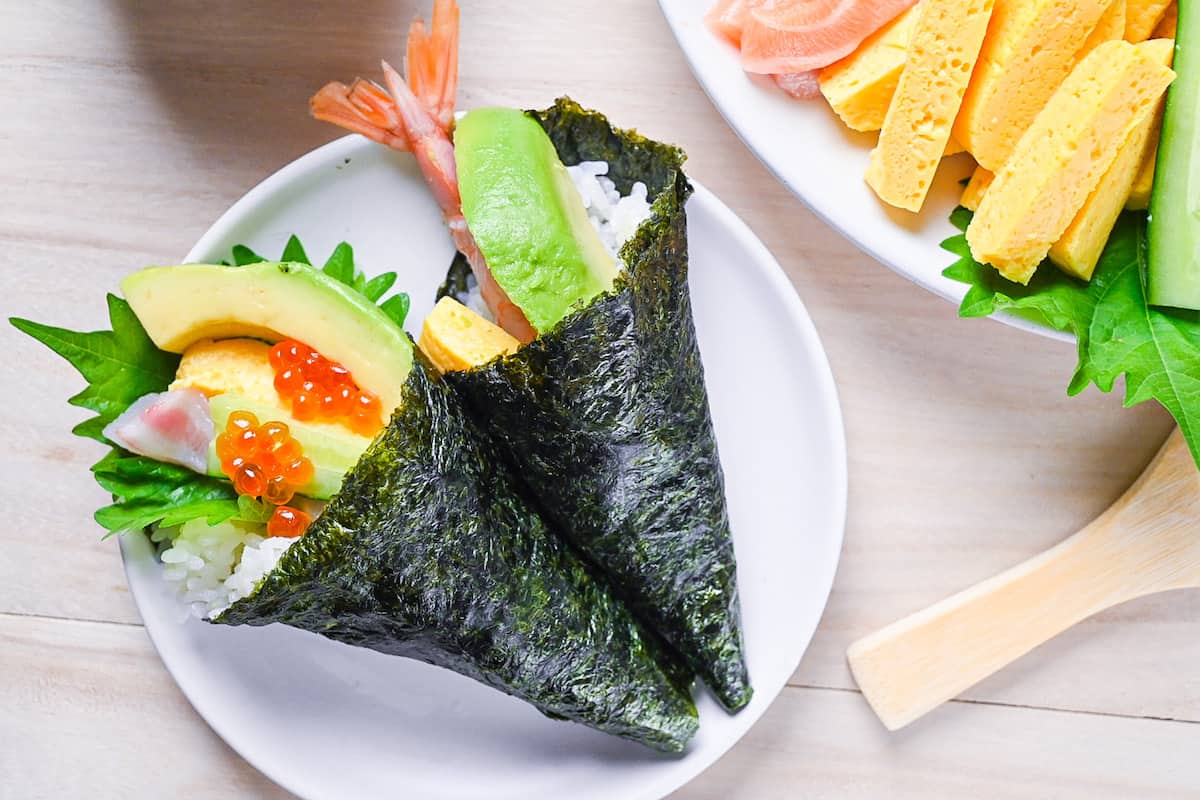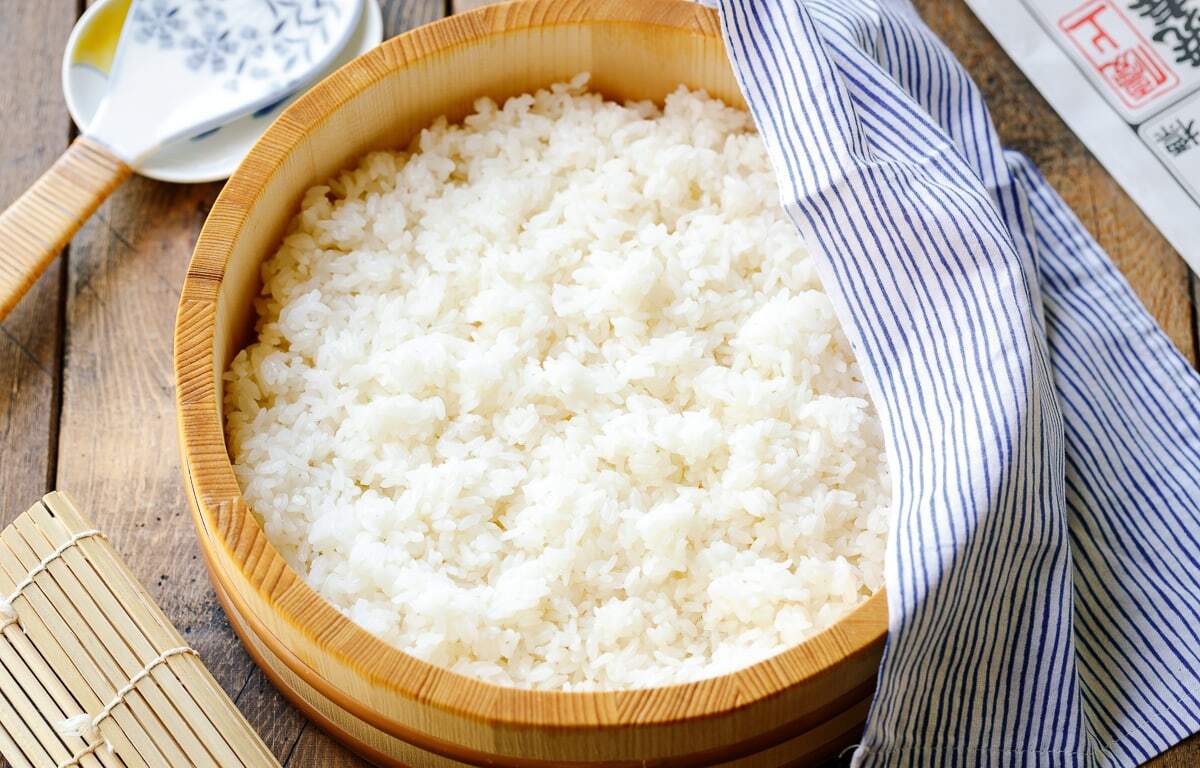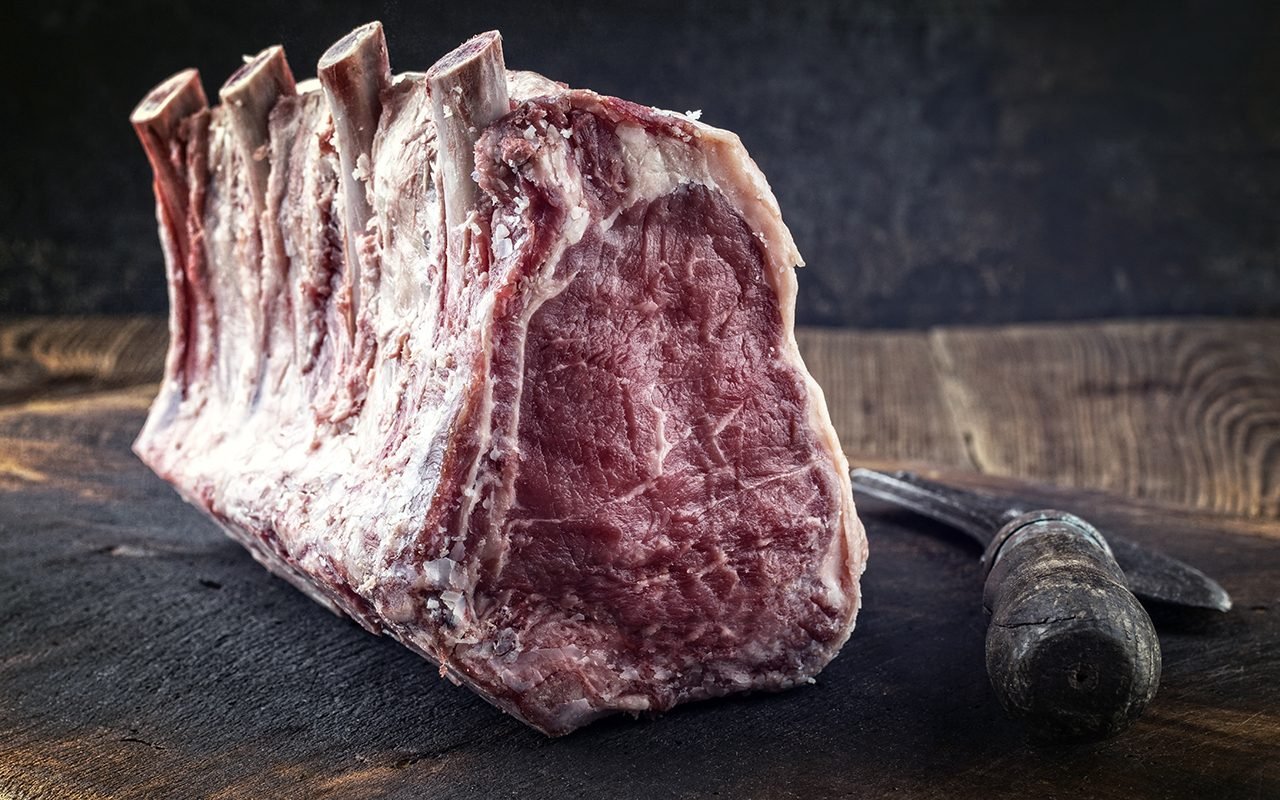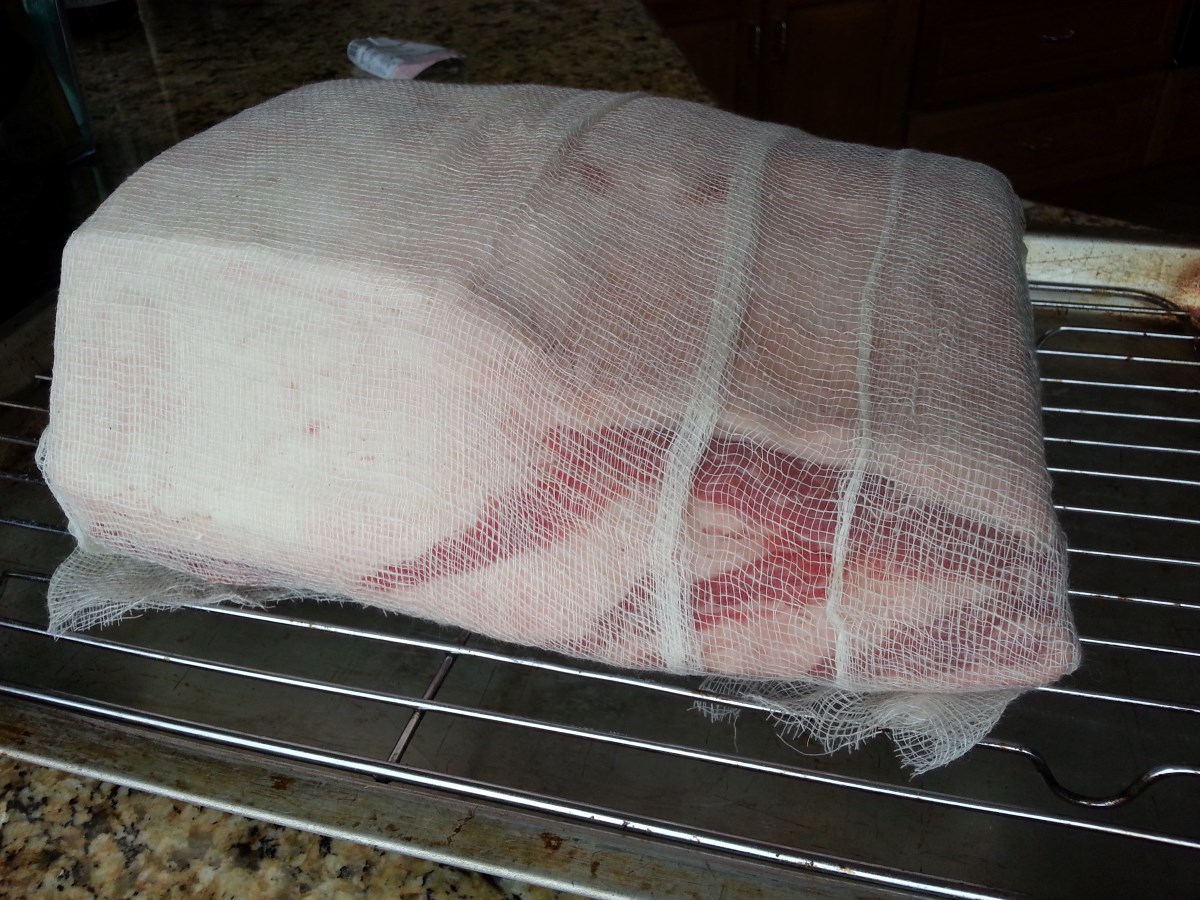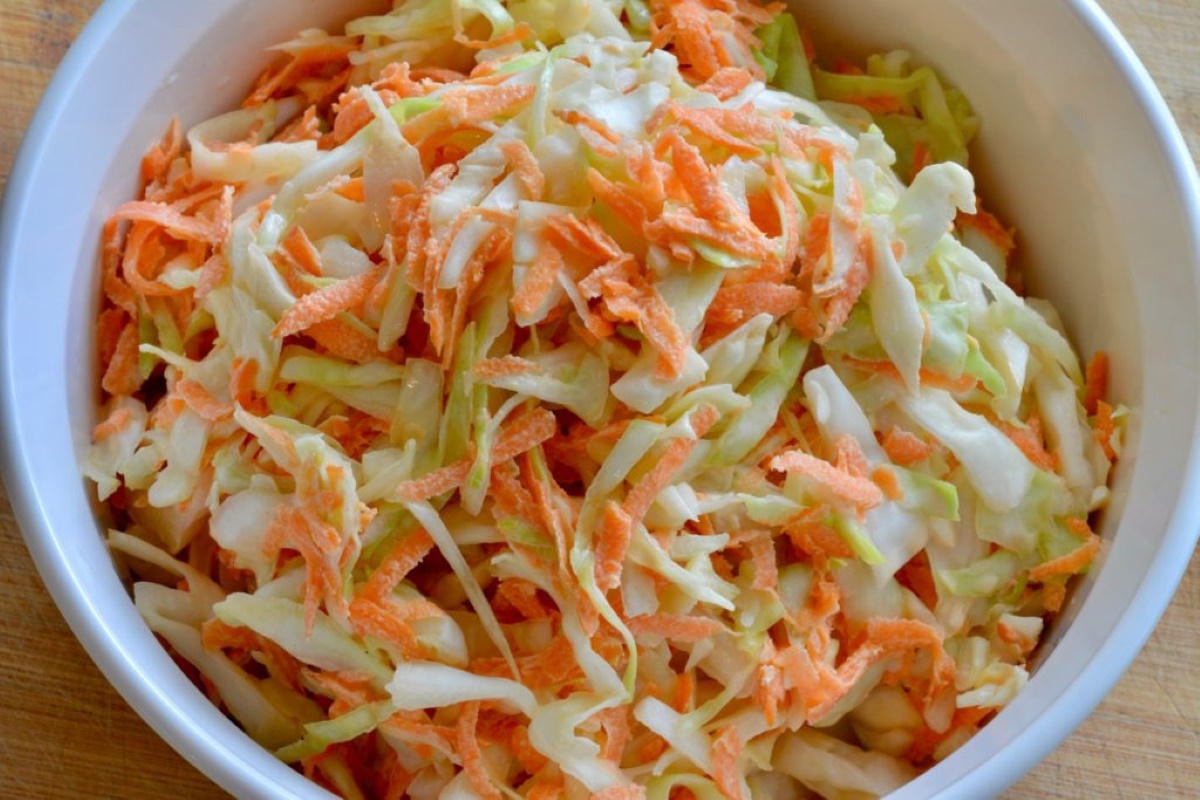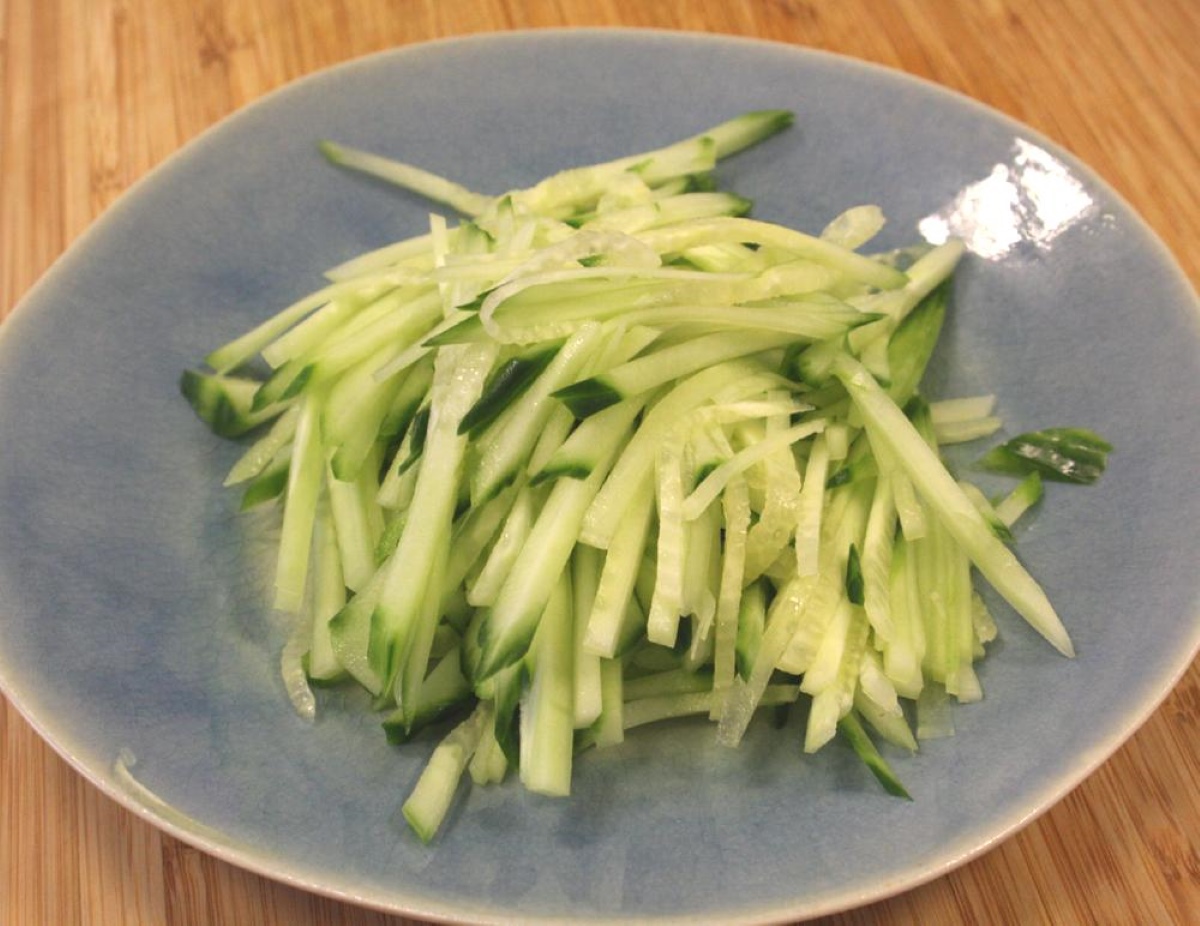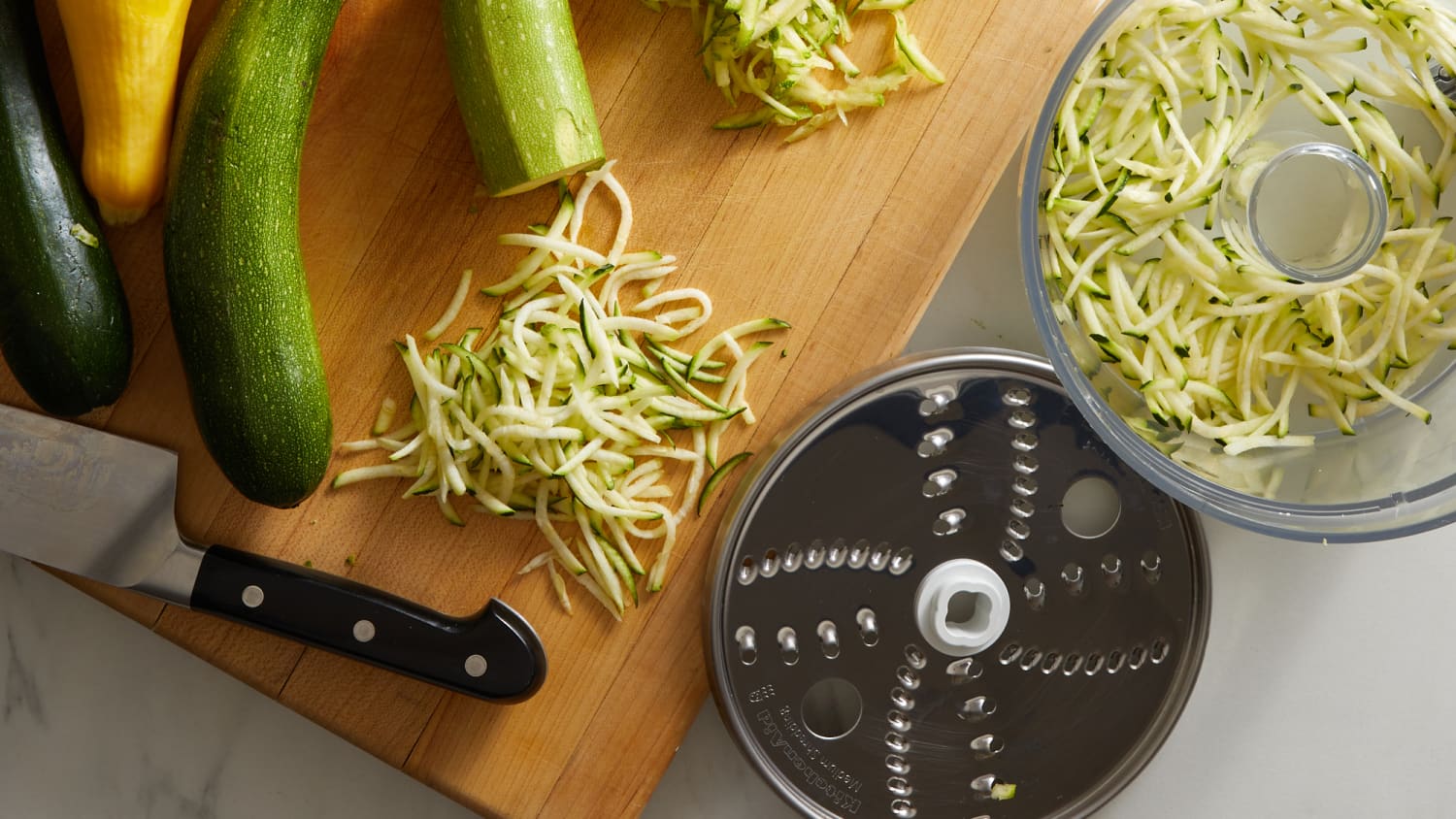How to Make Sushi Rice Without a Rice Cooker
Are you a sushi lover who wants to make sushi at home but doesn’t have a rice cooker? Don’t worry, you can still make delicious sushi rice using a simple pot on your stovetop. Making sushi rice without a rice cooker is easier than you might think, and it can be just as tasty as rice made in a traditional rice cooker. Here’s a step-by-step guide to help you make perfect sushi rice without a rice cooker:
Ingredients:
- 2 cups sushi rice
- 2 1/4 cups water
- 1/3 cup rice vinegar
- 3 tablespoons sugar
- 1 teaspoon salt
Instructions:
- Rinse the Rice: Place the sushi rice in a fine-mesh sieve and rinse it under cold water until the water runs clear. This will help remove excess starch from the rice and prevent it from becoming too sticky.
- Cook the Rice: In a medium-sized pot, combine the rinsed sushi rice and 2 1/4 cups of water. Let the rice soak in the water for 30 minutes. After soaking, bring the rice to a boil over medium-high heat. Once boiling, reduce the heat to low, cover the pot with a lid, and simmer for 15 minutes.
- Let it Steam: After 15 minutes, remove the pot from the heat but keep the lid on. Let the rice steam for an additional 10 minutes. This will help the rice achieve the perfect texture for sushi.
- Prepare the Seasoning: While the rice is cooking, mix the rice vinegar, sugar, and salt in a small saucepan. Heat the mixture over low heat, stirring until the sugar and salt are fully dissolved. Once dissolved, remove the mixture from the heat and let it cool to room temperature.
- Mix the Rice: Once the rice is done steaming, transfer it to a large, non-metallic bowl. Gradually add the seasoned vinegar mixture to the rice, gently folding and cutting the rice with a non-metallic spatula or wooden paddle. Continue mixing the rice until it reaches body temperature.
Now that you have perfectly seasoned sushi rice, you can use it to make your favorite sushi rolls, nigiri, or sashimi at home. Making sushi rice without a rice cooker is a simple and rewarding process that allows you to enjoy homemade sushi whenever you crave it. With a little practice, you’ll be making sushi rice like a pro!
So, don’t let the absence of a rice cooker stop you from making delicious sushi at home. Follow these easy steps, and you’ll be well on your way to enjoying homemade sushi whenever the craving strikes.
Was this page helpful?
Read Next: How To Make Sushi Hand Rolls
